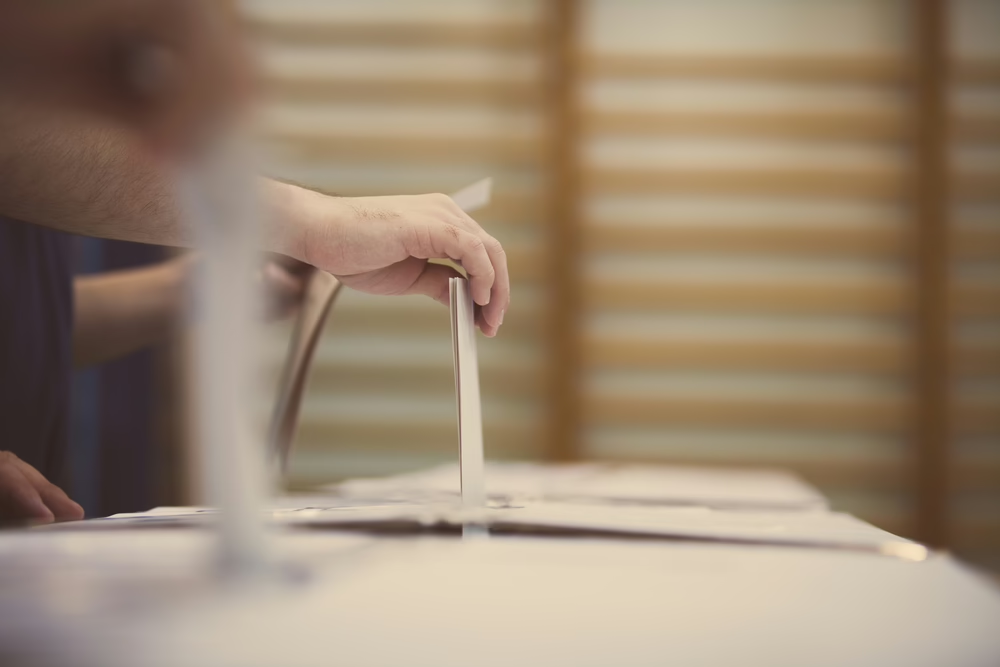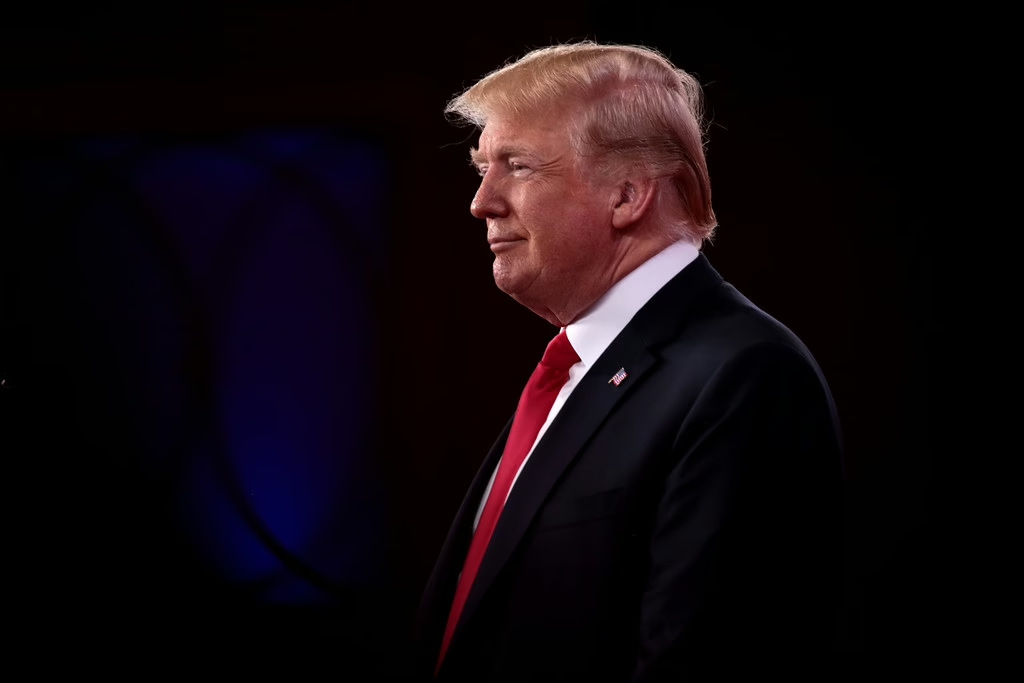Arizona Senator Kyrsten Sinema announced this past Friday that she is no longer a Democrat, “declaring [her] independence from the broken partisan system.” She explained that “Americans are told that we have only two choices – Democrat or Republican – and that we must subscribe wholesale to policy views the parties hold, views that have been pulled further and further toward the extremes. Most Arizonans believe this is a false choice.”
Sinema has a point. If independents were a political party, they’d be larger than the Democrats or Republicans. Polling shows that Democrats, Republicans, and independents all wish there were more political parties to choose from. The two-party system amplifies our differences, feeds polarization, and hurts ideological diversity in politics.
Still, choosing between a Democrat and a Republican is hardly a false choice. Democrats and Republicans control all 435 seats in the House. After Sinema registered as an independent, she increased their showing in the Senate from two to three. If Sinema’s move to be an independent were a successful strategy, she’d have more company.
Even in her explanation of the move, Sinema doesn’t offer us much to work with on how exactly it would help fix the broken partisan system. Her statement makes it seem like it’s a matter of candidates declaring themselves to be independents and voters deciding to prioritize moderation––something she claims a majority of Arizonans already support.
The truth is that our rigid two-party system is the natural result of our laws. They established the incentives that govern our elections, and all but ensure that independents and third parties will forever be on the outside looking in. If you want to break the Republican-Democrat duopoly, we have to talk about what’s locking it firmly in place.
The American Two-Party System
In most American elections, voters cast their ballots for one candidate, and then whoever receives the most votes becomes the district’s sole representative. It’s a winner-take-all system, where anything but finishing first means you get nothing.
In this system, voters have a strong incentive to vote for a candidate they think has a decent chance of capturing more votes than any of the other candidates. Rather than voting purely based on preference, voters have to think strategically. Parties whose candidates can’t consistently win a plurality of votes fade into irrelevance as their one-time supporters realize they would have more of a say by supporting a candidate from a major party. Almost invariably, two parties come to dominate––so much so that the phenomenon is known as Duverger’s law, named after a French political scientist who studied it more than a half century ago.
In order to break the two-party system, the underlying structures have to change.
Opening Up the Ballot
The simplest solution is letting people have more say on their ballots than just picking a single candidate. Ranked-choice voting is the most popular option which would allow voters to think less about which candidates are likely to win and more about which candidate they like most.
In a ranked-choice system, voters rank the candidates on the ballot in the order of their preference. If a candidate is most people’s first choice, then they win the election outright. If no one gets a majority of votes, then the candidate with the least first-choice votes is eliminated. If you had put the eliminated candidate first on your ballot, then your second choice would move up to be your first choice, and there would be an instant runoff. A process of eliminations and runoffs continues until a candidate receives a majority of votes.
Under a ranked-choice system, voters don’t have to worry nearly as much about their preferred candidate’s chances of winning. Voters can support someone with long odds, since they would still have their voice heard through the rankings they put down on the ballot even if their preferred candidate loses. Third-party candidates are given a real shot at victory.
Already, ranked-choice voting is in use statewide in Alaska and Maine, along with a few dozen municipalities, and it’s producing interesting results. In Alaska this November, voters chose a Republican governor in Mike Dunleavy, a Republican senator in Lisa Murkowski, and a Democratic House representative in Mary Peltola. This unlikely cohort spans the ideological spectrum from conservative Republican to moderate Democrat, and probably wouldn’t have shaken out without the ranked-choice system.
Ranked-choice voting comes with a few more benefits worth mentioning. The run-off system continues until a candidate wins a majority of the vote, which favors candidates that are widely palatable instead of those that only manage to excite a more extreme subset of voters. It may also encourage less negative campaigning, as candidates face multiple opponents whose supporters they might depend on in a run-off.
Allowing for Multiple Winners
To really encourage the development of a multi-party system, we would have to consider allowing a single election to produce multiple winners. In these multi-member districts, seats would be divided among the most popular candidates. The House could be enlarged to create more seats, or House districts could be combined to make larger districts, but the result would be that multiple representatives could be elected from the same district.
Imagine that three House seats were available in a single district and only Democrats and Republicans were on the ballot. If Republicans won 65 percent of the vote and Democrats won 35 percent, then Republicans would take two of the seats and Democrats would take one.
In practice, systems of proportional representation encourage more parties to run competitive elections since the threshold for winning representation is lower. The more seats available in a single election, the lower the threshold for victory, and the greater the likelihood that a non-major party could win.
And while certain proportional representation systems require voters to cast their ballots for parties, others like proportional ranked-choice voting allow voters to cast their ballots directly for candidates, an American tradition we’re not likely to want to abandon.
Beyond encouraging more parties to develop and a greater variety of candidates to run for office, multi-member districts would also help diminish a few divisive, unrepresentative developments in American democracy. Gerrymandering would become far less relevant in enlarged districts that couldn’t be won with a simple plurality of votes. In turn, the ability for a state’s legislature to influence its Congressional makeup would lessen, leading to more Republicans elected in traditionally blue states and more Democrats elected in traditionally red states. All the while, our urban-rural divide would decline as cities would have an easier time electing Republicans and rural areas would have an easier time electing Democrats.
While these divisions in American politics reflect real differences, they are massively amplified by our winner-take-all system that ignores the voice of the minority. The positive spin is that while changing it wouldn’t undo our hyper-polarization, it might help to make it less extreme.
Sinema and the “Broken Partisan System”
Under our current framework, a two-party system is all but inescapable. While it’s held up by much more than winner-take-all elections in single-member districts, amending either would lessen the near-complete control of the Democrats and Republicans in American politics. Of course, these changes could come with their own drawbacks, but it’s important that we speak frankly about why our political divisions look like they do if we want to fix them.
Which leads back to Sinema. The senator railed against the two-party system in her statement and the video she released alongside it, but she never mentioned the democracy reform efforts gaining traction that could actually make a difference. In fact, if she has ever said a nice word about ranked-choice voting, I haven’t found it.
This is a massive missed opportunity. Anyone other than a Democrat or Republican will continue to have an extremely difficult time running successful campaigns, regardless of Sinema’s moral stand. The effect of her decision on our partisan divisions will be close to zero, and that raises some questions.
Almost immediately after announcing her departure from the Democrats, Sinema was accused of doing so to avoid a bitter Democratic primary for her seat in 2024. So far, she’s offered voters little reason to think otherwise. Yet if Sinema started promoting democratic reform, it would go a long way in proving that she’s sincere about challenging the two-party system and not just doing this to better her chances of staying in the Senate. Until then, it’s fair to be skeptical.






